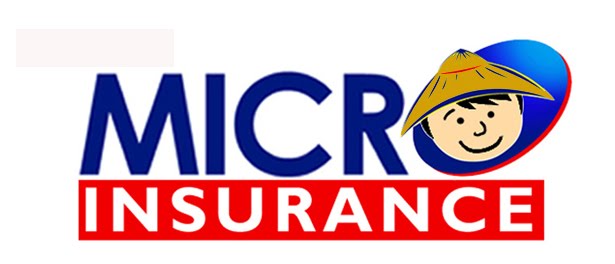Source: eDaily | 26 Oct 2012
The private insurance industry, government and multilateral lending agencies are teaming up to create the country's first-ever earthquake insurance pool due to the frequency of Nat CATs wreaking havoc in the country, reported the Philippine Star. The pool will cover the middle class residential and medium-sized enterprise property owners.
The private insurance industry, government and multilateral lending agencies are teaming up to create the country's first-ever earthquake insurance pool due to the frequency of Nat CATs wreaking havoc in the country, reported the Philippine Star. The pool will cover the middle class residential and medium-sized enterprise property owners.
The initial draft of the insurance pool is expected this December, the first structured draft by the first half of 2013. The actual implementation of the Public Private Earthquake Insurance Pool of the Philippines is expected in late 2014 or early 2015.
The project is part of the bigger integrated disaster risk management that would result in innovative risk management tools in dealing with the increasing number, intensity and frequency of natural catastrophes, such as earthquakes, tsunami, tropical cyclones, floods and droughts, in Philippines. The initiative received a boost following a US$225 million technical assistance special fund from the Asian Development Bank (ADB) in August.
Ms Madeleine Varkay, Principal Development Specialist for ADB Southeast Asia, said the increasing number of disasters called for an earlier implementation of the insurance pool. The pool will also strengthen the ability of private insurance to underwrite new policies on CAT risk and enhance their capacity to proactively manage and transfer risk to international reinsurers. It is expected to offer options for insurers to expand available scope to cover private earthquake risk.
A property valuation survey is being conducted currently, which includes model assets at risk, estimations of the scope of the market and related insurance and re-insurance premiums. Following these stages, the technical working group composed of the private and public sector representatives, will formulate the structure of the earthquake insurance pool.


